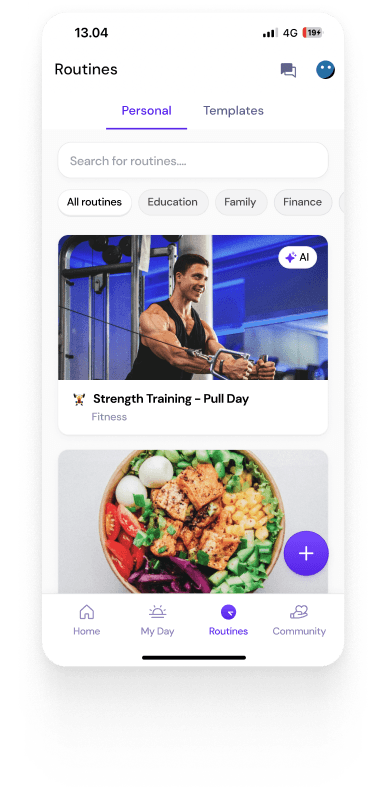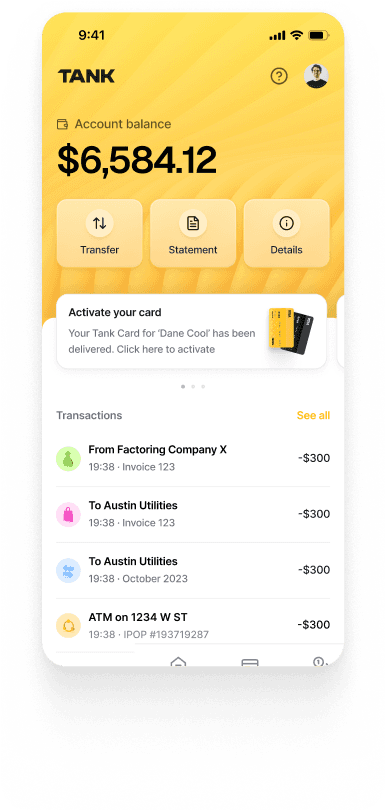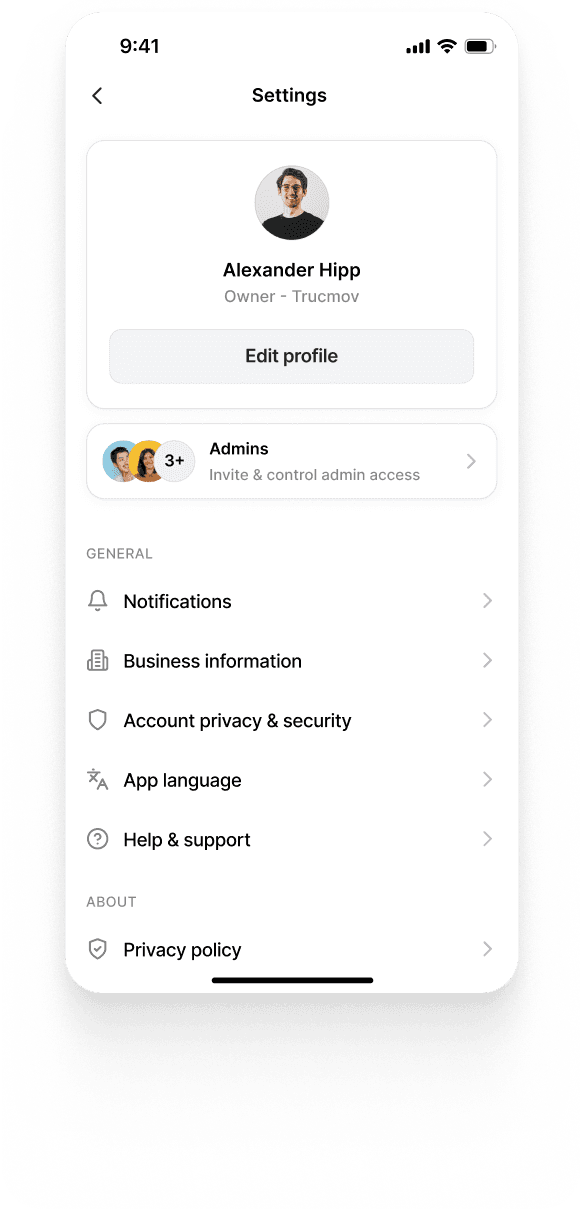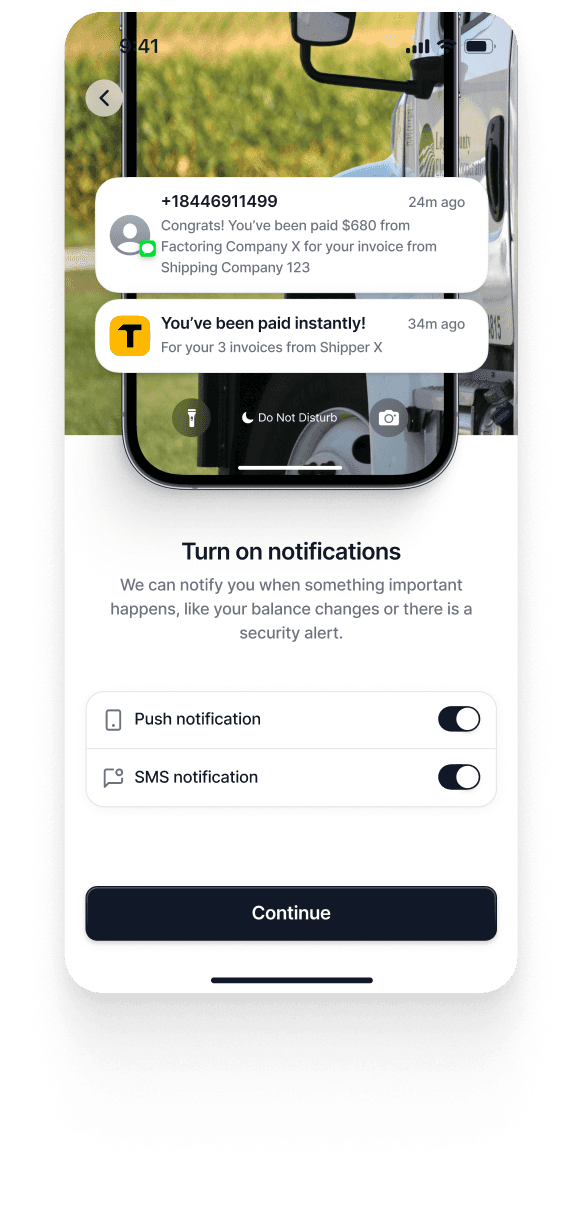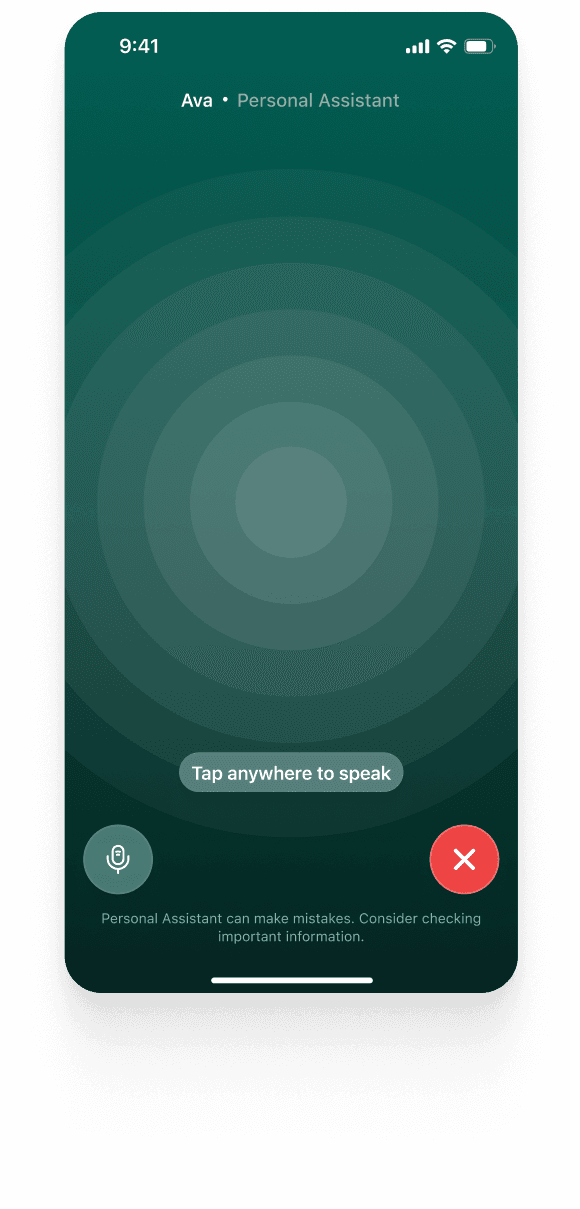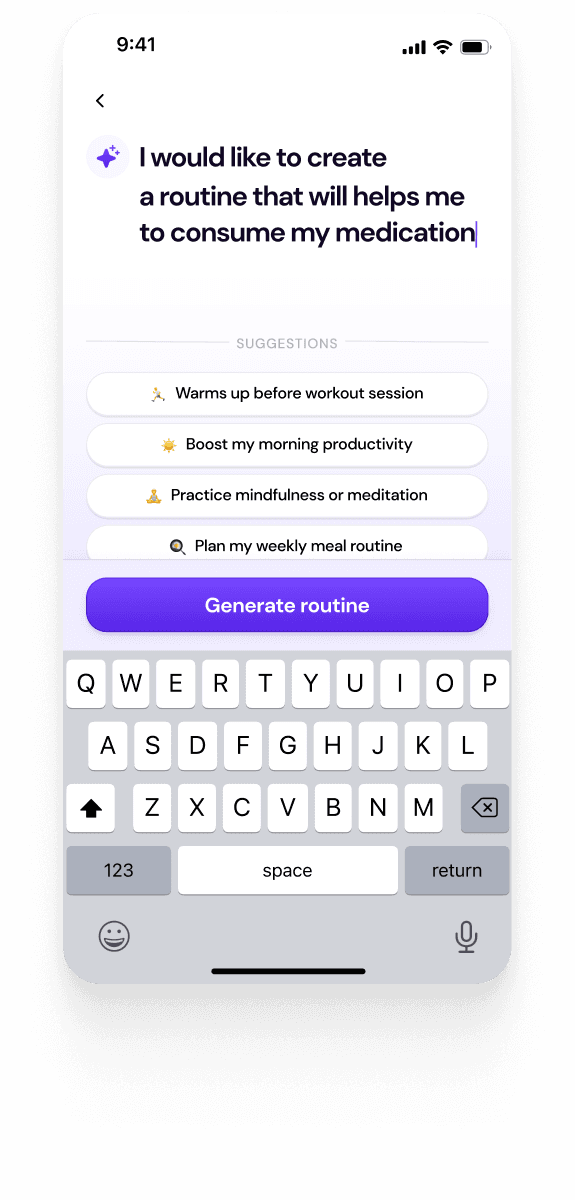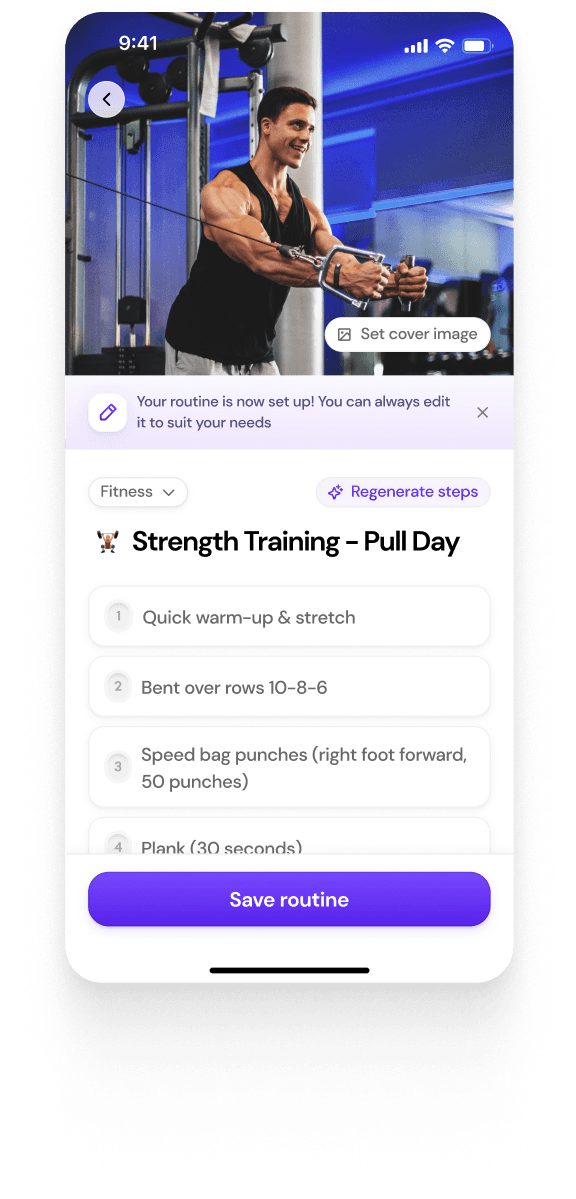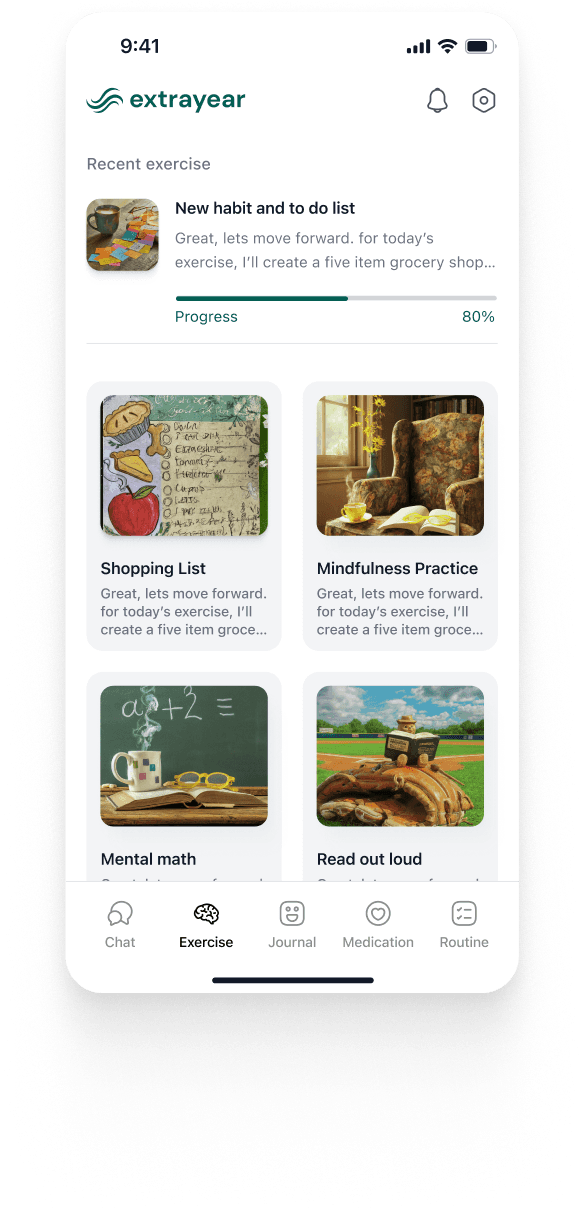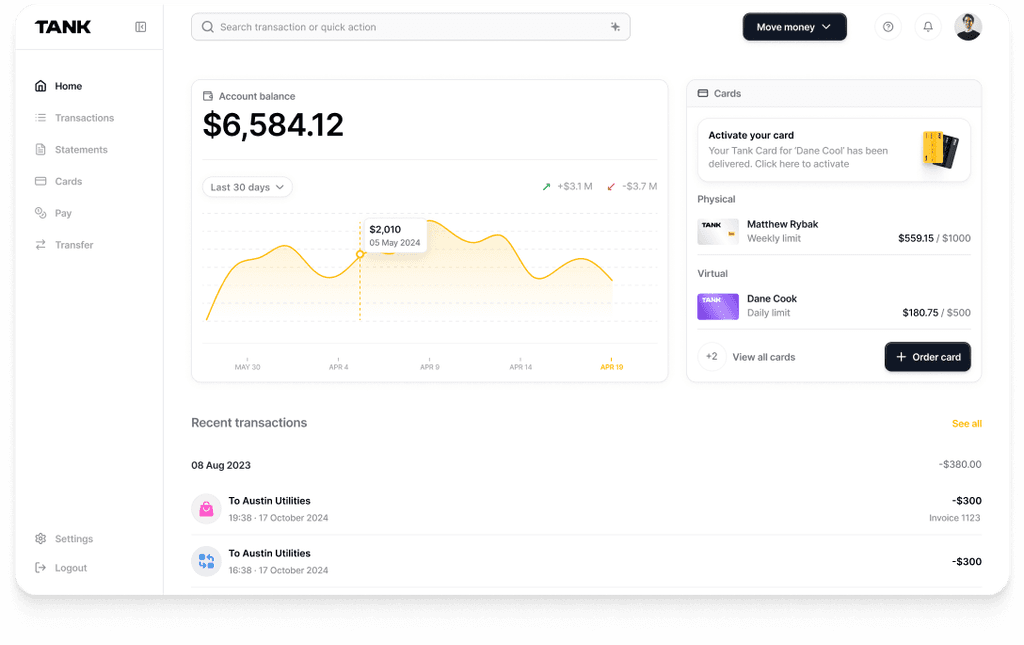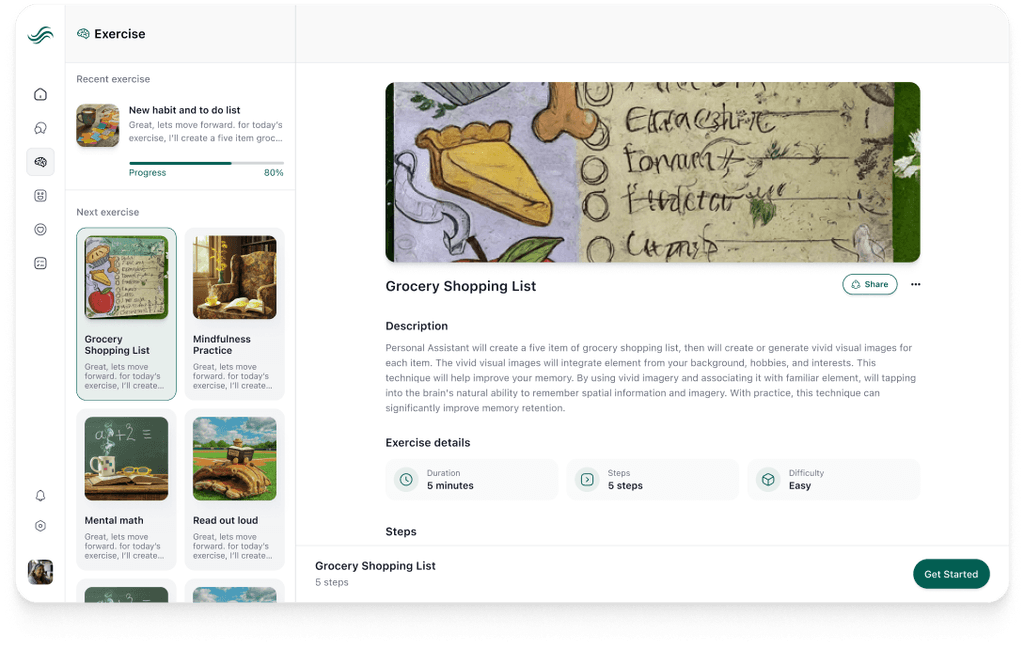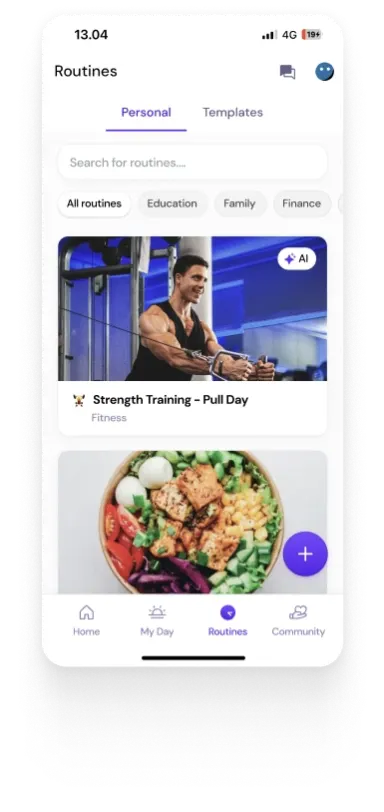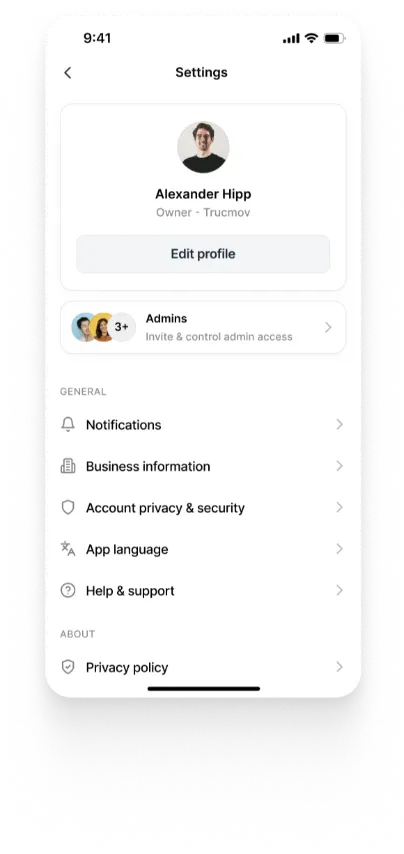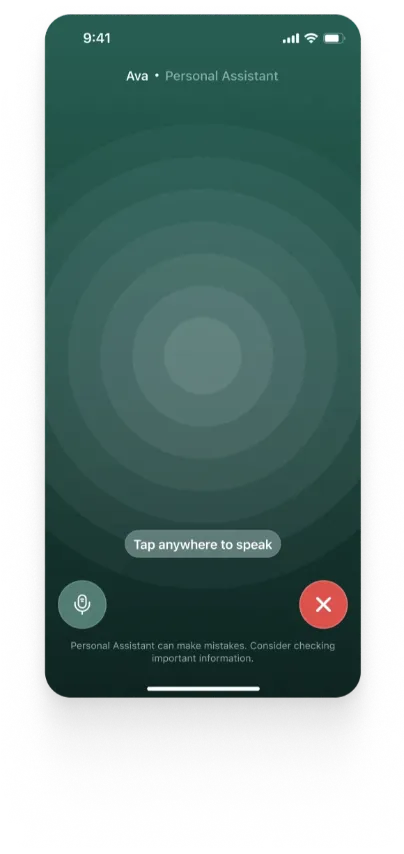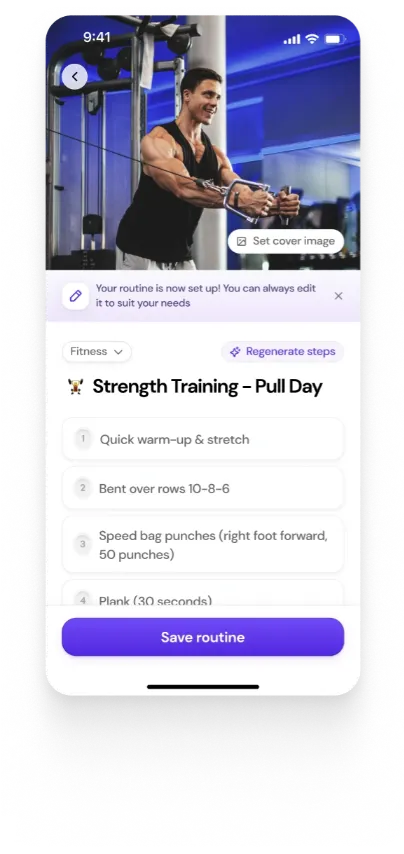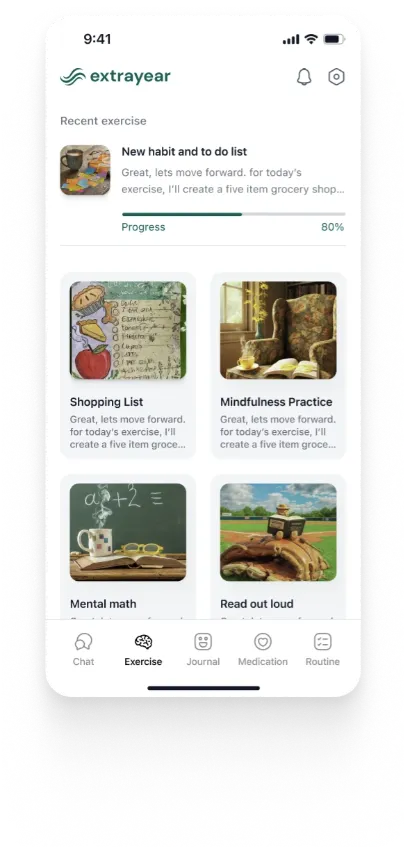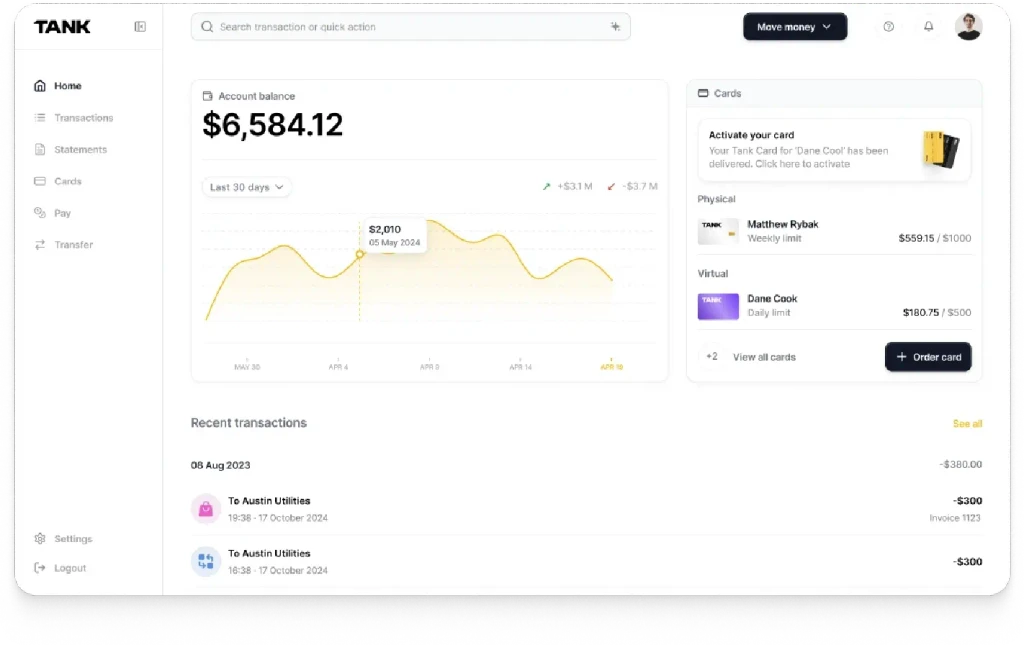Relace AI: Streamlining AI-Powered Coding for Startups and Tech Teams
Summary
Relace AI enhances AI-generated coding by accelerating speed, improving accuracy, and reducing costs through specialized models that integrate into existing dev workflows. Especially relevant for startups and agile teams, it optimizes token usage, automates diffs, and ensures safe, collaborative code updates.
Key insights:
Specialized AI Co-Pilot: Relace enhances existing AI coding tools with models for retrieval and instant code merging.
High-Speed Execution: Its models process over 2,500 tokens/sec, enabling real-time collaboration and iteration.
Efficient Token Use: Reduces AI cost and prompt bloat by filtering irrelevant code from large codebases.
Reliable Code Integration: Merges AI changes with only 4% error rate, outperforming generic LLMs in stability.
Enables Agile Collaboration: Automates routine tasks and supports non-developers in contributing to code updates.
Startup-Friendly Utility: Ideal for lean teams needing scalable, low-cost, high-quality AI development support.
Introduction
In the era of AI-driven development, code is increasingly written by algorithms rather than humans. Over 25% of startups in a recent Y Combinator class had 95% of their codebases created by AI. Faster development is promised by this change, but there are new difficulties as well. AI-generated code may be ineffective or even contain errors and security vulnerabilities. Here comes Relace.ai, a new platform designed to improve the efficiency, dependability, and teamwork of AI-assisted coding workflows. This article explains what Relace.ai is, how it operates, and why it's particularly pertinent for tech professionals, business owners, and startup founders looking to increase productivity without the typical drawbacks of AI code production.
What is Relace AI?
Relace AI is a technology platform that provides specialized AI models for coding workflows. Simply put, it serves as a clever co-pilot for systems that generate code. Relace is not a stand-alone coding AI; rather, it is made to integrate with pre-existing AI coding tools or development workflows to improve their speed, dependability, and cost. The company, which was recently sponsored by Y Combinator, developed unique, cutting-edge models that concentrate on two crucial aspects of the code generation process: identifying the appropriate code to work on and smoothly integrating AI-recommended modifications into the codebase. Relace enhances "frontier" huge language models that generate code by being very good at these auxiliary processes, which guarantees faster and more accurate automated coding.
At its core, Relace offers a suite of AI models accessible via an API or web interface. These models include a Code Retrieval (or Reranker) model and an Instant Apply (code merging) model, among others. While the instant apply model may intelligently apply a suggested code update to the original code file, the retrieval model can quickly search through a project's code to extract only the pertinent files or portions required for a particular activity. The aim is to eliminate the needless work of having a large AI model sort through unnecessary context or rewrite entire files, including unaltered code. “Relace models are made to fit naturally into most AI codegen products, making them faster, cheaper, and more dependable,” the founders explain. Relace is essentially an enabling technology that increases the efficiency of AI-powered software development, which is a particularly significant value proposition for agile engineering organizations and lean startup teams.
Key Benefits
Relace offers several advantages that can greatly increase output and optimize processes. Its effects are felt in three main areas: accuracy, speed, and efficiency. These areas all help software projects become more automated and collaborative.
1. Speed and Throughput
One of Relace’s standout advantages is the speed at which its models operate. Although powerful, AI coding assistants driven by large models such as GPT-4 or Claude can be very slow, frequently producing 100–200 tokens per second. Relace's specialized models, on the other hand, are blazingly quick and tailored for their particular responsibilities. With an end-to-end latency of less than a second in normal use, the Instant Apply model, for instance, may combine code changes at a rate of more than 2,500 tokens per second. This implies that it feels almost immediate to implement an AI-recommended change to a codebase. Similarly, it takes about 1-2 seconds for the retrieval system to locate pertinent code in a million-line repository. Because engineers (or even non-technical team members using an AI tool) don't have to wait long for results, this responsiveness is essential in a collaborative setting. More seamless real-time AI cooperation is made possible by high speed: teams may swiftly iterate on ideas, and an AI assistant can keep up with the fast-paced nature of debugging sessions or talks.
2. Efficiency and Cost Savings
Relace's approach also improves efficiency by optimizing token usage, essentially making sure the AI only expends effort (and cost) on what truly matters. The retrieval model reduces the amount of code sent to the large generative model by more than 40–50% by filtering out unnecessary files and extraneous information. Relace speeds up processing and drastically cuts down on the amount of computing power and API calls needed by only including relevant code in the AI's input. Practically speaking, this results in cost savings: according to one example study, employing Relace's clever diff and retrieval technique cut the costly token consumption of a top-tier model (such as OpenAI's or Anthropic's) by almost 40%.This kind of efficiency might have a significant impact on startups and organizations that are keeping an eye on their cloud expenditures. It enables groups to take advantage of cutting-edge AI capabilities without going over budget. Furthermore, by keeping unnecessary information out of the prompt, which could confuse the model, concentrating the AI on only the pertinent context frequently results in higher-quality output. As a result, coding chores can be completed more efficiently and effectively with AI, thus completing more work with less.
3. Accuracy and Reliability
Perhaps most importantly, Relace helps ensure that automated code changes are applied correctly and reliably, which is key for maintaining quality in collaborative coding. AI-generated code is frequently criticized for introducing errors or minor flaws that humans must subsequently correct. Relace uses specialized models that are extremely accurate at what they do to address this issue. Relace's model, for example, is aware of the code structure and context when integrating a code snippet into an existing file, preventing many mistakes that could be made by a human or a naïve find-and-replace algorithm. According to early benchmarks, Relace's merge model is incredibly accurate; in an internal evaluation, its mistake rate was only about 4%, while even huge generic models on the same task had error rates between 10% and 11%. This implies that Relace is much less likely to break your code when it implements an AI-recommended change. For collaborative processes, this kind of dependability is essential since it allows team members to trust the automatic modifications and reduces the amount of resources needed for post-debugging. One startup founder stated that Relace's quick code rewriting "makes modifications considerably more reliable… [and] an entire class of issues is gone for us today." Users have reported improvements in quality in the real world. Relace facilitates a more seamless interaction between human developers and AI by lowering errors and regressions, allowing the AI's contributions to be more confidently accepted.
4. Workflow Automation and Collaboration
With speed, efficiency, and accuracy combined, Relace enables a form of workflow automation that feels natural in a team setting. The Relace-powered AI agent can be used to handle routine activities like rewriting code, renaming functions, adding boilerplate, or updating several files. This automation doesn't occur in a vacuum; it is frequently started at the request of a developer and then carried out by the AI, with Relace making sure the execution is accurate and quick. Team members can integrate AI-driven updates into their work without interfering with their schedules because the changes are implemented promptly and accurately. For instance, a developer may define a change in plain English during a meeting, and by the end of the meeting, Relace has incorporated the change in the codebase, fostering a more collaborative human-AI dynamic. Collaboration across roles is further made easier by the low latency, which enables even less technical stakeholders (product managers, designers utilizing no-code/low-code interfaces, etc.) to interact with AI tools supported by Relace and get results very instantly. Everyone can devote less time to tiresome coding details and more time to innovative problem-solving. As a result, the development process becomes more agile, which is exactly what fast-paced teams and early-stage startups need to be competitive.
Using Relace AI: How It Works in Practice
Implementing Relace AI in your workflow is designed to be straightforward. The platform provides a web-based playground for experimentation as well as an API that is easy for developers to use. It only takes a few simple steps to get started: to get API keys, create a free account on Relace's website. After that, integrating Relace into your tool or application only requires "a few extra lines of code." Relace offers an interactive Playground in the browser where you can enter example code and queries to see the models in action, ideal for people who want to test it out before coding anything. You can play with a basic function and ask Relace to change it, then observe how quickly it generates the modified code. This is an excellent way to learn what the models do.
To understand how Relace is used, let us consider a common scenario where it adds value. Suppose you wish to make a change to a web application's codebase, such as renaming a function and including a new security check in it. In the past, you may open the file, manually locate instances of the function name, alter them, add the new code for the check, and then test to make sure nothing went wrong. Instead, you could use natural language to explain the change to an AI assistant, and the AI would create the code changes for you. However, a general-purpose AI might return a partial snippet with placeholders like “// ... keep the rest of the code unchanged,” particularly when the function is big. Relace steps in at this point. The Instant Apply model combines the original source code and the AI's draft (the edit snippet). It quickly creates the entire updated file by accurately and automatically filling in all the bits that haven't changed. In our example, Relace would handle renaming every instance of userLogin to customerLogin and insert the CAPTCHA verification logic exactly where it needs to be, all while preserving the rest of the function correctly. Relace's model handles the laborious task of applying the diff; neither the AI nor a human is required to manually patch the changes or rewrite the entire file.
Now consider if the requested change affects multiple files: perhaps the function name appears in other modules, or related configuration needs updating. Prompting the AI with the complete codebase or trying to make modifications file by file would be a naive method that would be costly and time-consuming. A more intelligent strategy is provided by Relace's Code Retrieval concept. The retrieval model will quickly scan and rank the files, informing you precisely which files most likely contain the term "hello world" and need to be changed. You can supply a representation of your code repository together with a query (e.g., "Change 'hello world' to 'goodbye world' in the output"). In reality, this is accomplished by an API request; even for very big projects, the tool typically provides a list of pertinent file names or code snippets in less than two seconds. Equipped with this understanding, the developer or AI assistant may concentrate on those files alone. Relace makes sure the AI isn't distracted by unrelated code, which facilitates its work and improves the accuracy of the outputs. As previously mentioned, the Instant Apply model may incorporate the necessary modifications for each file in-place after the AI drafts them.
From a user’s perspective, interacting with Relace could be as simple as running a command or using a plugin in your development environment. Relace has been incorporated into agent-based coding tools and IDE extensions by some early adopters. When a developer gives a command such as "Implement the goodbye message feature," the tool uses Relace in the background to determine which code sections need to be updated and how to securely implement the changes. The experience is similar to having an extremely effective pair programmer who makes suggestions and ensures that they are completed appropriately. Additionally, you may use Relace's API to integrate it into your software product if it uses automated code creation or manipulation in any way to provide your users with the same seamless, quick experience. Integration is made relatively easy by the well-documented documentation and API, as well as the guidance that Relace offers for each model (e.g., how to query the Reranker and format the input for the Instant Apply). To put it briefly, utilizing Relace usually requires little setup and results in instant productivity increases for routine coding jobs.
Relevance and Potential for Startups and Fast-Paced Teams
Relace AI's value proposition resonates strongly with early-stage startups and any business operating in a fast-paced, innovation-driven environment. These teams frequently operate under the maxims "move fast" and "do more with less," which is precisely the type of productivity that Relace makes possible. Relace is especially pertinent for startups and quick development teams for the following reasons:
1. Accelerating Development Cycles
Startups succeed by iterating quickly on their product. You get a significant speed boost when a large portion of your code can be created or refactored by AI in a matter of seconds, as opposed to hours or days of developer labor. For a small engineering team, Relace AI serves as a force multiplier, handling repetitive modifications and duties that could have included searching through a codebase automatically. As a result, new features may be developed and released more quickly. That agility might be crucial for a startup looking to determine product-market fit. More than 20 up-and-coming coding platforms and developer tools have been employing Relace under the hood to enhance their products, which is indicative of the fact that many of Relace's initial consumers were other AI-first firms. Relace can supply the backend intelligence needed to keep the loop operating quickly if your startup is one of those using an "AI in the loop" approach to development.
2. Maximizing Lean Teams and Resources
In a young company, the headcount is usually low and budgets are tight. Relace helps on both fronts. Your human developers may concentrate on higher-level design, critical architecture, and innovative problem-solving by automating repetitive or mechanical coding chores. In other words, your team can do more without having to recruit extra engineers just to do maintenance. Furthermore, Relace can significantly reduce cloud computing costs related to AI code by optimizing token usage and minimizing reliance on very big (and expensive) model calls. As previously mentioned, in some situations, employing Relace's diff-and-merge strategy might result in token cost savings of between 40 and 50 percent. The money saved by a startup watching its runway can be used for other purposes. Minor teams can also benefit from Relace's price structure, which lowers the adoption barrier by offering a free tier for minor projects and discounts for community-driven or open-source initiatives. In conclusion, Relace enables companies to use state-of-the-art AI for development without the usual overhead, making it possible for an engineering team of two or three people to create and manage a complicated product.
3. Improving Code Quality and Maintainability
Fast-paced doesn’t have to mean reckless. One risk of relying on AI-generated code is ending up with sloppy code that later becomes unmaintainable. Even if 95% of your code is generated by AI, it will still be logical and maintainable because of Relace AI's emphasis on quality control, which makes sure that modifications are performed appropriately and that pertinent context is used. Relace assists developers in reviewing and comprehending the code by eliminating errors and noise (irrelevant code in prompts), which could otherwise make it more difficult to trust AI-written code. Consider it a safety net: Relace ensures that the code that the AI recommends blends in well with the rest of the project. In a startup setting, this is essential for teamwork. A cleaner codebase (as opposed to one full of AI-introduced problems or inconsistent modifications) will facilitate knowledge transfer and onboarding as teams expand or new engineers join. Additionally, it implies fewer firefights because a poorly executed AI change can generate flaws that slow down a sprint or release. Relace keeps the team moving forward by anticipating and resolving a lot of these problems. Using Relace eliminated a whole class of issues from their workflow, as one early user noted. Avoiding even a few expensive issues or outages can make the difference between a startup's client satisfaction and customer attrition.
4. Enabling Innovative Workflows
Relace is not just about making the old way of writing code faster; it also opens up new possibilities for how work gets done. You may have cross-functional team members (such as a designer or data scientist) in a fast-paced company who have ideas for changes to the product but lack coding skills. These team members might be able to use Relace's AI capabilities to explain the modification they desire in natural language, and the system would carry it out while engineers just verified the outcome. The boundaries between roles can be blurred positively by this type of AI-augmented cooperation, as ideas can go more swiftly from anyone's brain to the finished output. Additionally, startups frequently experiment with automation and "AI agents" in their operations; fully automated development workflows or CI/CD pipelines supplemented with AI are currently a prominent theme in tech. Such systems require speed and dependability, which Relace offers. For example, Relace might be used by an autonomous agent that updates your codebase to safely apply and commit changes without compromising the project. Relace.ai essentially contributes to the possibility of a future in which machines, particularly the laborious ones, manage some aspects of coding, which can be a potent paradigm in a high-pressure startup setting.
Conclusion
Relace AI represents a promising development at the intersection of artificial intelligence and software engineering. Relace closes a significant gap in the available AI coding tools by emphasizing the less glamorous but crucially important parts of coding (figuring out what has to be changed and carrying it out correctly). It provides a means for tech leaders and company founders to capitalize on the productivity gains of AI-driven development while reducing some of its disadvantages, such as high latency, high cost, and error risk. With a reliable AI assistant by their side, small teams can accomplish more and iterate more quickly. This is the goal of Relace's debut, which has a noticeably balanced tone.
In a world where artificial intelligence is producing more code every day, solutions like Relace make sure that this code can be seamlessly incorporated into actual applications. The platform's focus on dependability and speed also highlights a crucial idea for organizations that operate swiftly: maintaining consistency and quality as you grow is just as critical as moving quickly. By serving as a guardian for your AI-generated code, Relace seems to achieve that balance by eliminating waste when the AI is too expensive, speeding up when the AI is too slow, and double-checking the job when the AI may be prone to errors.
Relace is unquestionably worth considering for any startup or business integrating AI into their development process. It provides a fresh, useful method for AI-assisted coding that fits in nicely with agile teams' and startups' requirements. Relace has the potential to be a useful tool in the current developer toolbox by increasing productivity, automating time-consuming tasks, and facilitating easier human-AI collaboration. This will help teams ship more quickly without compromising quality, which is ultimately the holy grail for technology companies nowadays.
Authors
Build Smarter with Walturn
Relace.ai shows what agile, AI-driven dev workflows can do—Walturn helps startups build them right from day one.
References
“Introduction - Relace.” Relace.ai, Relace, 2025, docs.relace.ai/docs/introduction.
“Launch YC: Relace - Cheaper, Faster, and More Reliable AI Code Generation. | Y Combinator.” Y Combinator, 13 May 2025, www.ycombinator.com/launches/NV5-relace-cheaper-faster-and-more-reliable-ai-code-generation.
Mehta, Ivan. “A Quarter of Startups in YC’s Current Cohort Have Codebases That Are Almost Entirely AI-Generated | TechCrunch.” TechCrunch, 6 Mar. 2025, techcrunch.com/2025/03/06/a-quarter-of-startups-in-ycs-current-cohort-have-codebases-that-are-almost-entirely-ai-generated.
“Relace.” Relace.ai, 2024, www.relace.ai/.
Y Combinator. “Relace Launches AI Code Generation Tool for 20+ Tools.” Linkedin.com, 14 May 2025, www.linkedin.com/posts/y-combinator_relace-has-been-working-on-making-ai-code-activity-7328479214305796096-l1R4.














